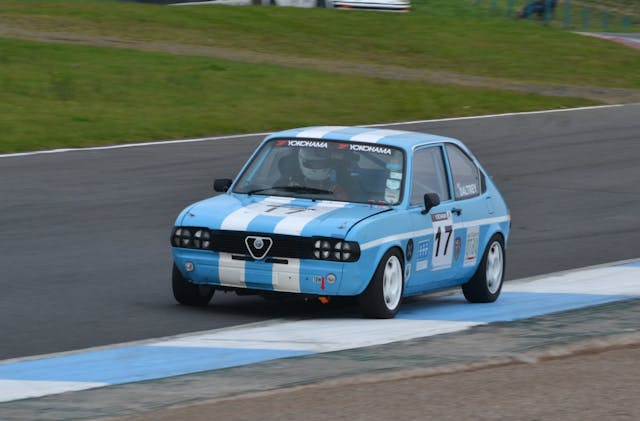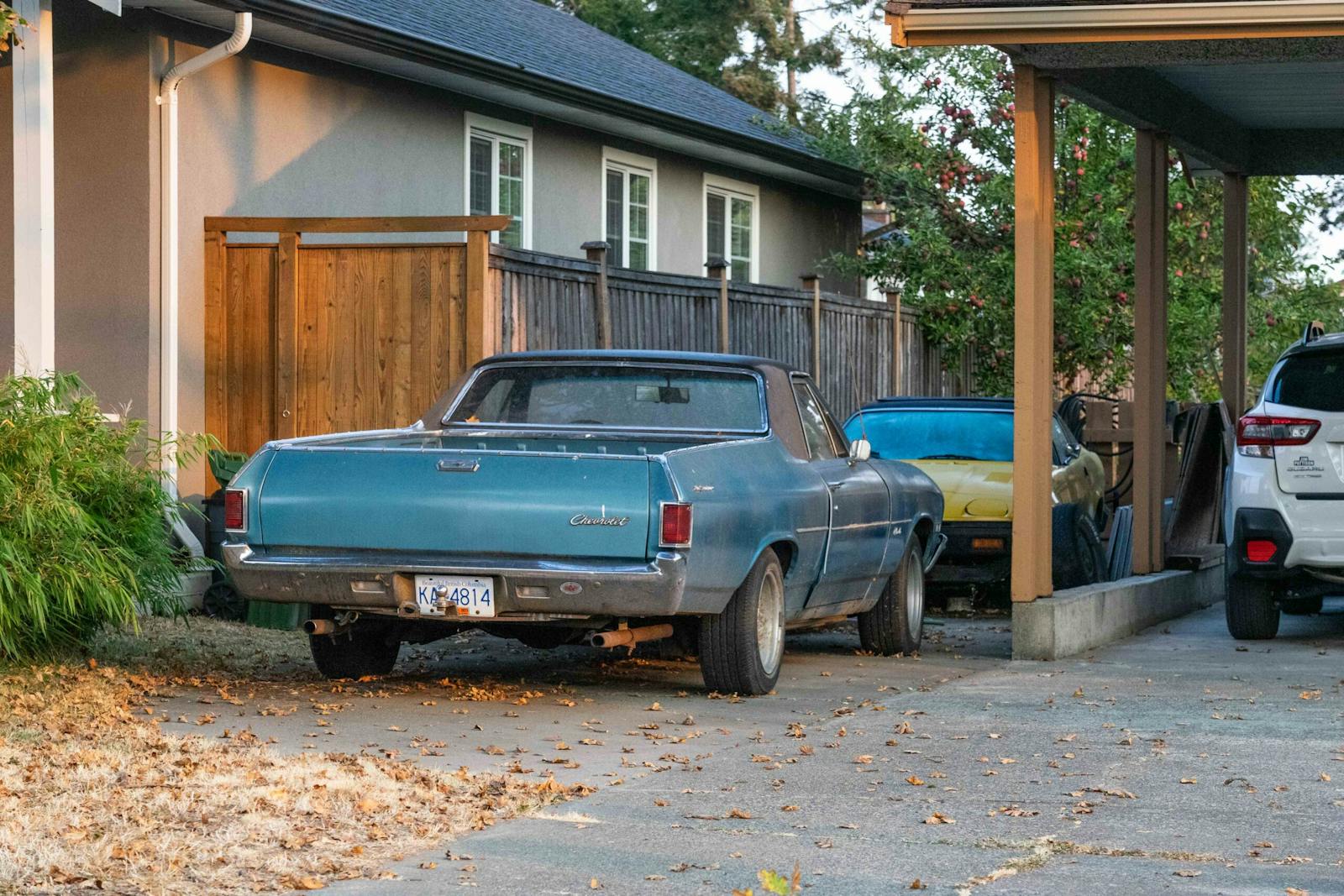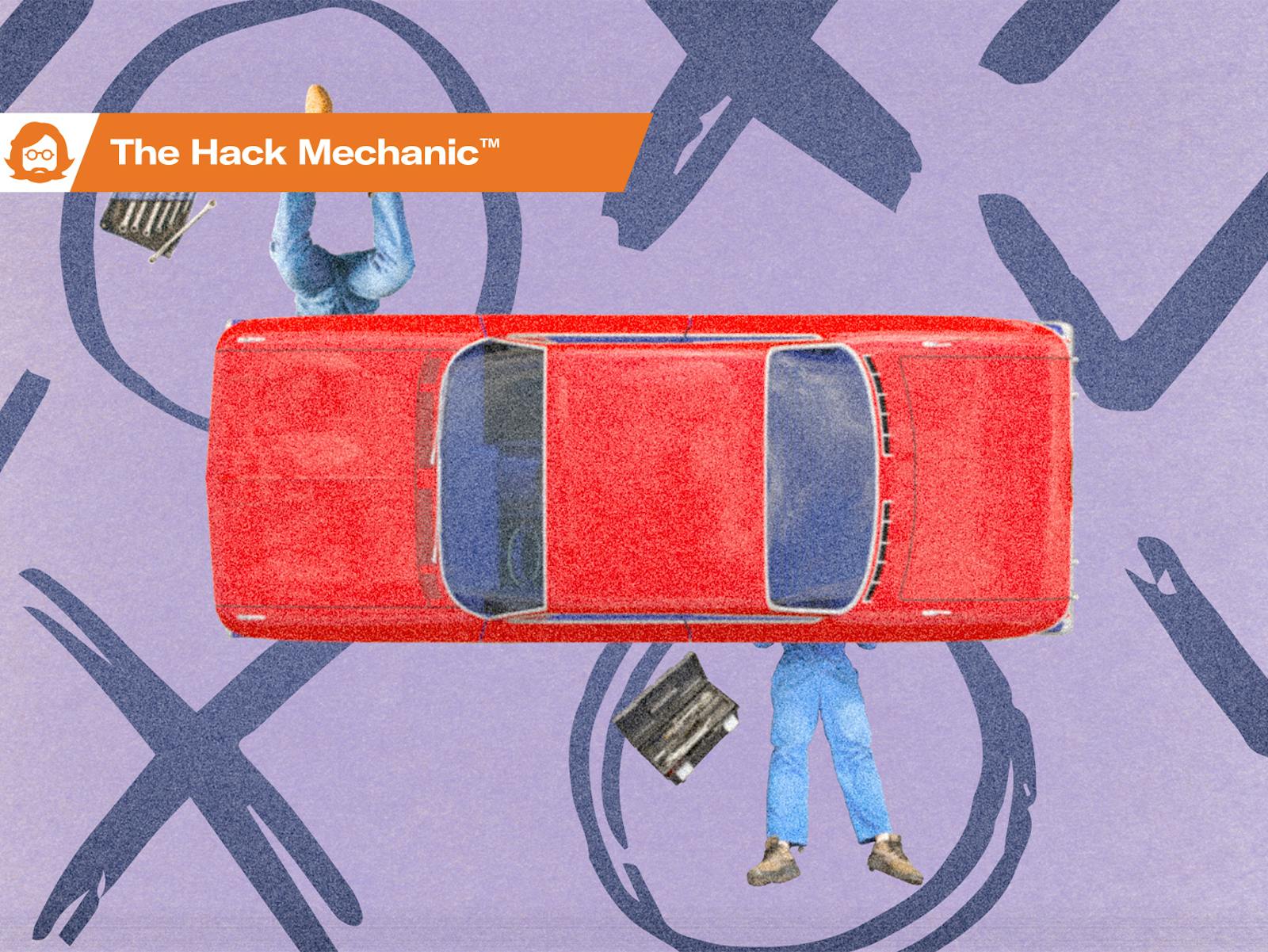Ask Jack: What’s the American Alfa Romeo?
Is an “enthusiast car” pornography, or is it art? Don’t answer just yet, because I’m not asking the question it sounds like I’m asking. Supreme Court Justice Potter Stewart said, regarding pornography, that “I shall not today attempt further to define the kinds of material I understand to be embraced … but I know it when I see it.” Most people would agree with him on that; although the definition of pornography has shifted a bit over time, most people have no trouble recognizing most examples.
Art, on the other hand, is different. Stanford offers a discussion on the topic, which will boil every noodle in your brain if you read it all the way through. Like pornography, “art” has no fixed definition—but unlike pornography, our individual opinions on what constitutes “art” are so broad and diverse as to be meaningless. Even if you think that John Cage’s 4’33”, which is nothing but four minutes and 33 seconds of musician silence combined with audience sounds, is art because it makes an artistic statement, you probably don’t think that your toddler silently refusing to eat dinner for an equivalent four minutes and 33 seconds also constitutes a work of art. About 20 years ago, I saw Malevich’s famous Black Square at the Guggenheim and I told my companion of the time something like, “The first dude to paint an all-black square was a genius; everyone who did it after that was an idiot.”
For my entire childhood I thought enthusiast cars were pornography, which is to say that I figured we all knew one when we saw one. A Corvette was an enthusiast car; a Caprice of the same year was not. My father’s MG Midget was obviously for enthusiasts; the brown stick-shift Toyota Corona wagon in which my best friend and I went to school during sixth and seventh grade was obviously not. A ’57 Chevy Bel-Air was an enthusiast car; a 1963 Biscayne was an old beater. Import cars were a lot more enthusiastic than American cars, but it wasn’t a universal rule. Regardless, there was a clear distinction between the enthusiast car and the non-enthusiast car.
Nowadays I think enthusiast cars are more like art. Much of it depends on the attitudes involved—of the people who built the thing, the people who owned it when it was new, the people who own it now. The 1977 Cutlass was America’s most popular car that year, and most of them went to people who didn’t give a tinker’s damn about them, but my mother loved her 403-powered Supreme and cried when she traded it in six years later. Anybody who owns a 1977 Cutlass now is probably an enthusiast. If you had to ask me what the least enthusiast-oriented vehicle in the world is right now, I would probably say the Honda CR-V … but there’s a whole community of people who eagerly collect, tune, and modify the first-generation CR-V nowadays, many of them paying serious money to get near-perfect examples imported from Japan.
All of the above is probably just a long and drawn-out way, like a mathematical proof, to say that an enthusiast car is what you make it, and what you see in it. Which brings us to this week’s question.
Jacob asks:
During quarantine, I returned to my comfort food: Clarkson, May, and Hammond Top Gear. A common refrain during that show was “every true petrolhead must own an Alfa Romeo.” Unfortunately, we Americans cannot meet that definition because Alfa Romeos hadn’t really existed here for the last 30 years. What I took the lads’ proclamation to mean was that you must own a car that is so joyful and memorable that you will suffer through how terrible it is at the job of transportation. What cars, or brands in the U.S. market have met this definition? I ask you because your grasp of automotive history is second to none.
Jacob, you’re obviously wrong about that last sentence, but thank you for saying it. You’re looking for something more specific than a mere “enthusiast car,” which is good. You’re looking for a car that is transcendentally great to drive but remarkably bad at doing the job of an actual car. You’re also thinking of the way in which the Brits view Alfa Romeo. Here in the States we tend to associate Alfa with the Hoffman-era two-seat droptop, an association so strong that Alfa later traded on it by badging the cheapo variant of its Spyder, the “Graduate,” but Europeans had access to a much broader and more interesting field of Milanese automobiles.
I’d suggest that Clarkson et al are thinking of something like an Alfasud. Built from Russian-supplied and rust-prone steel, the Alfasud was an often horrifyingly bad FWD family car that just happened to be what the Brits call “a brilliant steer.” It was the first of many mass-market Alfas to charm the pants off its owners even as it also cut the bottoms off their wallets. Think of it as a reasonable car for unreasonable people, or perhaps vice versa.

What would be the American equivalent of an Alfasud? A Stateside-built vehicle that is brilliant to drive, brimming with enthusiasm, but also absolutely awful at the basic task of being a car and doing car things? My first thought was “Cosworth Vega,” because it pretty much was an Alfa, from the trick twin-cam four-banger and small-portions Italianate styling to a profound affinity for instantaneous rust. There’s just one problem: Good “Cossies” are both rare and expensive nowadays, and as with something like a Porsche 928 the purchase price is best thought of as a transfer tax which entitles the payer to incur another round of significant expenses in the immediate future. They’re also woefully short of the kind of pace you’d need to enjoy something like the Tail of the Dragon nowadays. So we need another slightly more attainable and usable candidate.
A FWD car with tremendous pace (for the time), deft handling, enthusiast inclinations … and nothing even slightly resembling build quality? Two cars come immediately to mind. The first would be the Chevrolet Cobalt, in both supercharged and turbocharged trim. Not everyone knows this, but General Motors has a remarkable cadre of absolutely hardcore racer/engineer folks who have a long history of force-feeding automotive enthusiasm into mass-market platforms until a sort of fast-road foie gras emerges into showrooms. Citation X-11, the Pontiac 6000STE, the CTS-V … the list goes on and on, with various “F41” and “FE3” detours along the way. I’d suggest that the Cobalt SS, particularly the Turbo, was the highest expression of this art. The base Cobalt was a horrible car in so many ways; they started with the unexceptional Astra, then cut costs to the bone of beyond. The SS was the same thing, only it was a giant-killer on racetrack and rural two-lanes. A well-sorted and properly tuned example can run with pretty much anything short of a supercar. And like an Alfasud, chances are that the car will fall apart around you while you’re enjoying it.
There’s just one little problem with the Cobalt SS: it’s a special edition, and it’s a rare car. The Alfasud was neither, at least in period. Is there a car which offered that unique combination of enthusiasm and incompetence to pretty much every one of its buyers? Of course there is! The Dodge/Plymouth/Chrysler Neon, obviously. When it made its debut in the summer of 1994, it was faster both on the street and the track than the respectable competition from the Japanese and European competition, at perhaps 75 percent of the price. Prior to the Neon’s arrival, the poverty enthusiast choice had been the Mazda-based Ford Escort GT, but the Neon made the Escort look like a Rolls-Royce Wraith in terms of exterior and interior quality while also being considerably faster than the wedgy Ford around a closed course.
More importantly, you got the “good stuff” even with the four-lug-steel-wheel loss-leader model, which had the same five-speed transmission and 132-horse single-cam four-cylinder as the SCCA-members-only Neon ACR. I bought one of those unpainted-bumper examples brand-new for well below 10 grand in 1995. Around Ohio’s Hocking Hills, it could humiliate GTIs and Civics with the greatest of ease. Only the almost nonexistent rear drum brakes threatened to put a stop to the fun. By 1997, Plymouth was offering a twin-cam “Expresso” coupe and sedan for less real-world money than a base Civic; those were truly quick.
The Neon became a club-racing legend, largely thanks to the secretive efforts of Chrysler engineers taking busmen’s holidays at SCCA events around the country. It was so dominant in competition that to this day both the SCCA and NASA require that my Neon weigh 200 pounds more than a Nissan 200SX coupe or Sentra SE-R, just to keep the Nissan drivers from quitting altogether. Yes, I’m afraid I am a Neon loyalist; I’ve owned no fewer than six Neons over the years, including two original ACR sedans, a 2004 SRT-4 which I ordered factory-new, and my current 2.4-liter Frankencar, which runs in SCCA’s STU class.
Neons inspired tremendous affection in their owners, who held an annual gathering at Chrysler’s Belvidere plant for more than a decade after the vehicle went out of production. A Neons-only race series at Michigan’s Waterford Hills racetrack attracted dozens of entrants every weekend until 2010 or so. People are still racing them in considerable numbers all around the country.
A good Neon, or even a bad Neon, can be a joy to drive. You can tell that it was designed and set up by people who loved racing and fast street driving. It was one of the last cars to offer a manual (unpowered) steering option, but even the power racks have pretty good feedback. You sit more or less on the floor and can reach every control easily. The engine wants to rev, at least until the point that it blows up. It feels light and airy in a way that no modern car does. You can assemble one from scratch in a day, using a few friends. Chrysler’s engineers did their homework in all sorts of ways that the original owners never realized; mine is completely stable at 140 mph.
Like Alfas, first-generation Neons will rust with no provocation whatsoever. The interior falls apart. Dashboards crack. The power windows break immediately, the manual windows don’t last much longer. Knobs and switches fall off at random times. Other than the cheerful colors and fabrics, the interior is a nightmare—but the same was also true of the Alfas. I traded my original 1995 Neon in after just 24 months for a stick-shift 1997 Land Rover Discovery, which was also a piece of junk but which felt like an S-Class in comparison. Like pretty much all Chrysler products of the era, the Neons were an unhappy combination of brilliant design and bargain-basement execution.
Jacob, I’d recommend you find the best Neon ACR or Expresso you can, give it a light sprucing-up, tune the engine up to 180 horses or so via a Megasquirt kit, and enjoy the heck out of the thing. If anybody asks you why you bought it, tell them that it’s an American Alfasud. Let them laugh, and let them keep their “enthusiast” focus on the pornographic shapes of hypercars and super-powered SUVs. A properly-set-up Neon can be pretty darned close to a work of art—and like most works of art, it’s going to be a little tough for the average fellow in the street to understand.


